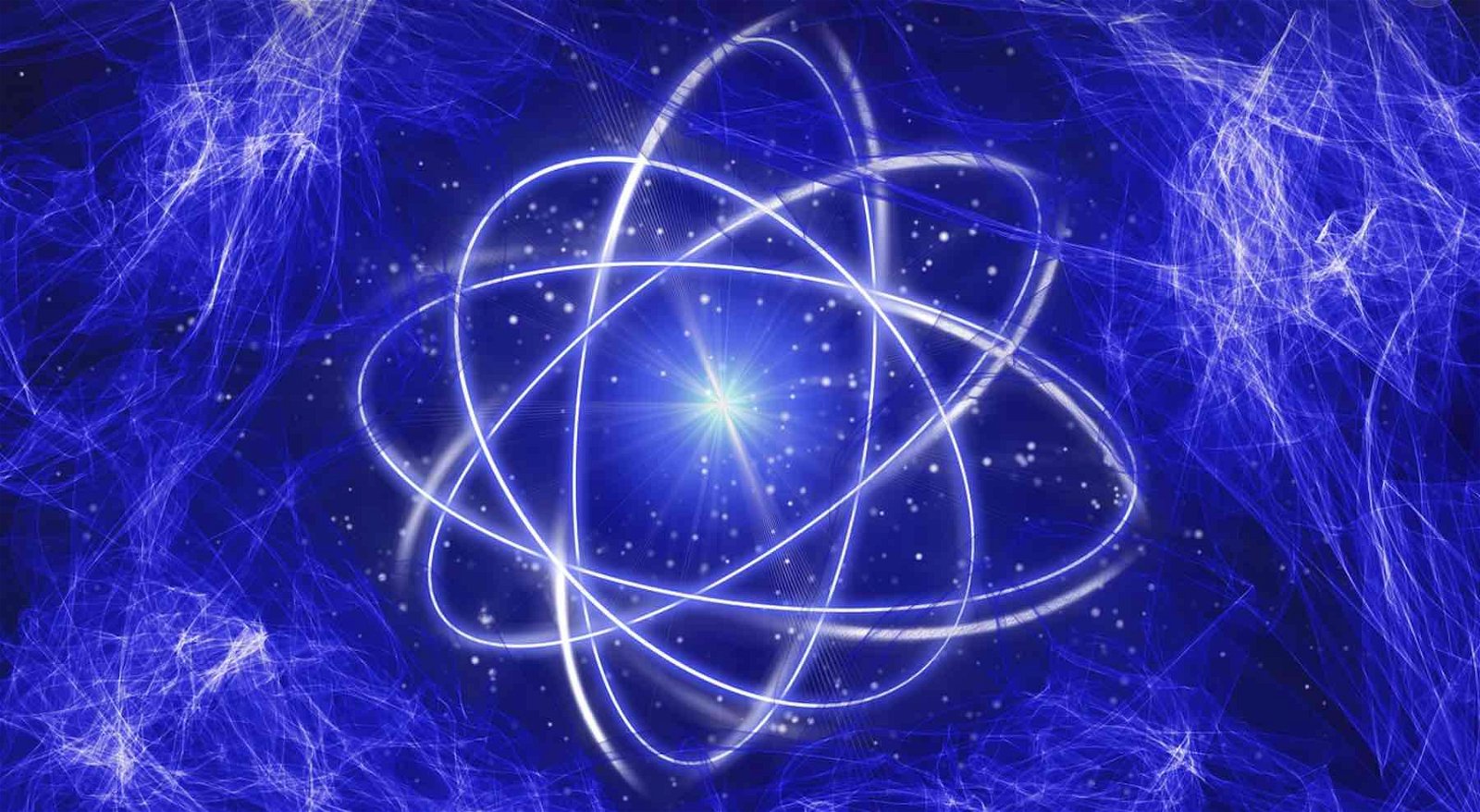An international team of scientists reports the potential discovery of an exotic nitrogen isotope, a breakthrough discovery pointing to the existence of a mysterious nitrogen-9 nucleus.
The research team, a collaboration between U.S. and Chinese scientists, says the exotic nitrogen isotope features seven protons and only a pair of neutrons. If confirmed, it may represent the first known example of a nucleus that decays by releasing five protons.
The team’s research, described in a paper that appeared recently in Physical Review Letters, centers on exploring unusual atoms, which physicists call exotic isotopes. Compared with most atoms, exotic isotopes possess more protons than neutrons.
Natural nitrogen (7N) primarily consists of two stable isotopes: nitrogen-14 (99.6% of natural nitrogen) and nitrogen-15. These are accompanied by thirteen short-lived radioactive isotopes ranging in atomic mass from 9 to 23 and three nuclear isomers.
The most stable of these radioisotopes is nitrogen-13, which has a half-life of about 10 minutes. Others generally have much shorter half-lives—some lasting less than a second—with isotopes lighter than nitrogen-14 decaying into carbon and heavier ones decaying into oxygen.
Among nitrogen isotopes, nitrogen-9 is unique due to its isotopic composition of seven protons and two neutrons, meaning that more than half of its constituent parts aren’t tightly bound together. This alone is rare, but the proton-richness of nitrogen-9 means that it may be the first example of an atom that, as it decays, can emit five protons from its nucleus.
The team’s experiments were undertaken at the National Superconducting Cyclotron Laboratory at Michigan State University, where the international team blasted a very focused beam of oxygen-16, a stable isotope of oxygen, at a beryllium target. After that, they were able to isolate a secondary atomic beam of a similar oxygen isotope, oxygen-13, at a second beryllium target. During the experiment, detections that were consistent with nitrogen-9 nuclei were made.


Based on these experiments, lead author Robert Charity, a Research Professor of Chemistry at Washington University in Saint Louis, Missouri, and his co-authors explored how nitrogen-9 breaks down and the energy of the decay products generated during this process. In their paper, the team writes that the energy produced as nitrogen-9 decays appeared to be a good match for existing theoretical models that predict how such processes might occur.
“The invariant-mass spectrum of [nitrogen-9’s] decay products can be fit with two peaks whose energies are consistent with the theoretical predictions of an open-quantum-system approach,” the team writes. “[H]owever, we cannot rule out the possibility that only a single resonancelike peak is present in the spectrum.”
In essence, the decay process of nitrogen-9 can show either one or two specific energy peaks at energies consistent with existing theory, thus helping to bring a new level of understanding to our current knowledge about how atoms with very different numbers of protons and neutrons can behave.
Currently, other isotopes are known to emit only three protons. Similarly, isotopes like magnesium-18 and carbon-8 decay by emitting four protons.
If confirmed, Nitrogen-9 would be the first isotope characterized by such a distinct number of protons and neutrons, otherwise known as a nuclide, which decays by releasing an alpha particle and its five protons.
The team’s paper, “Strong Evidence for 9N and the Limits of Existence of Atomic Nuclei,” was published in Physical Review Letters.
Micah Hanks is the Editor-in-Chief and Co-Founder of The Debrief. He can be reached by email at micah@thedebrief.org. Follow his work at micahhanks.com and on Twitter: @MicahHanks.

